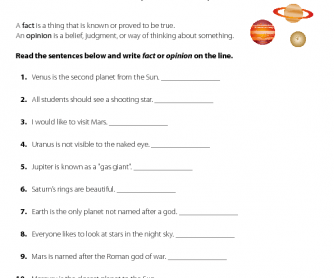
The James Webb space telescope, launched in 2021, is the latest tool humanity is using to try and track down alien life in the cosmos. Other hi-tech pieces of space kit are already in the pipeline, Prof Hinkley said, with Nasa now charged with the task of developing a space mission to search for biosignatures on exoplanets by the 2040s. Its mission is to further humanity's understanding about how planets, stars and galaxies are formed and evolve.

One hundred million worlds in our galaxy are able to host alien life, according to a 'conservative' prediction by Nasa.Īnd the space agency claims that we will be able to find that life within the next 20 years, with a high chance that it will be outside our solar system.ĭevices such as the James Webb space telescope, launched in 2021, are already observing the cosmos in unprecedented detail. 'The evidence of the discovery of life will probably be found by observing imbalances in ratios of chemical species (ozone and carbon dioxide, for example), which would not otherwise naturally exist without possibly some form of biological activity driving this disequilibrium.'

This illustration shows what exoplanet WASP-39 b could look like

The technology could be used to detect the tell-tale signs of life on other planets. Discovery: Nasa's James Webb telescope has already detected carbon dioxide in the atmosphere of a planet outside our solar system for the first time.


 0 kommentar(er)
0 kommentar(er)
